Boom Cylinder For Jingong Crawler Excavator JCM906
Som en av produsentene, leverandørene og eksportørene av mekaniske produkter tilbyr vi hydrauliske sylindere og mange andre produkter.
Ta kontakt med oss for mer informasjon.
Post:sales@hydraulic-cylinders.net
Produsent, leverandør og eksportør av hydrauliske sylindere.
Boom Cylinder For Jingong Crawler Excavator JCM906
Introduction to Boom Cylinder
The boom cylinder is a crucial component of hydraulic systems used in heavy machinery, specifically designed for controlling the movement of buckets in excavators, backhoe loaders, and front loaders. This hydraulic cylinder enables the precise lifting, lowering, and tilting of the bucket, thereby facilitating efficient material handling tasks. Constructed from robust materials, boom cylinders are engineered to withstand the demands of heavy-duty operations, ensuring reliability and performance in various working environments.
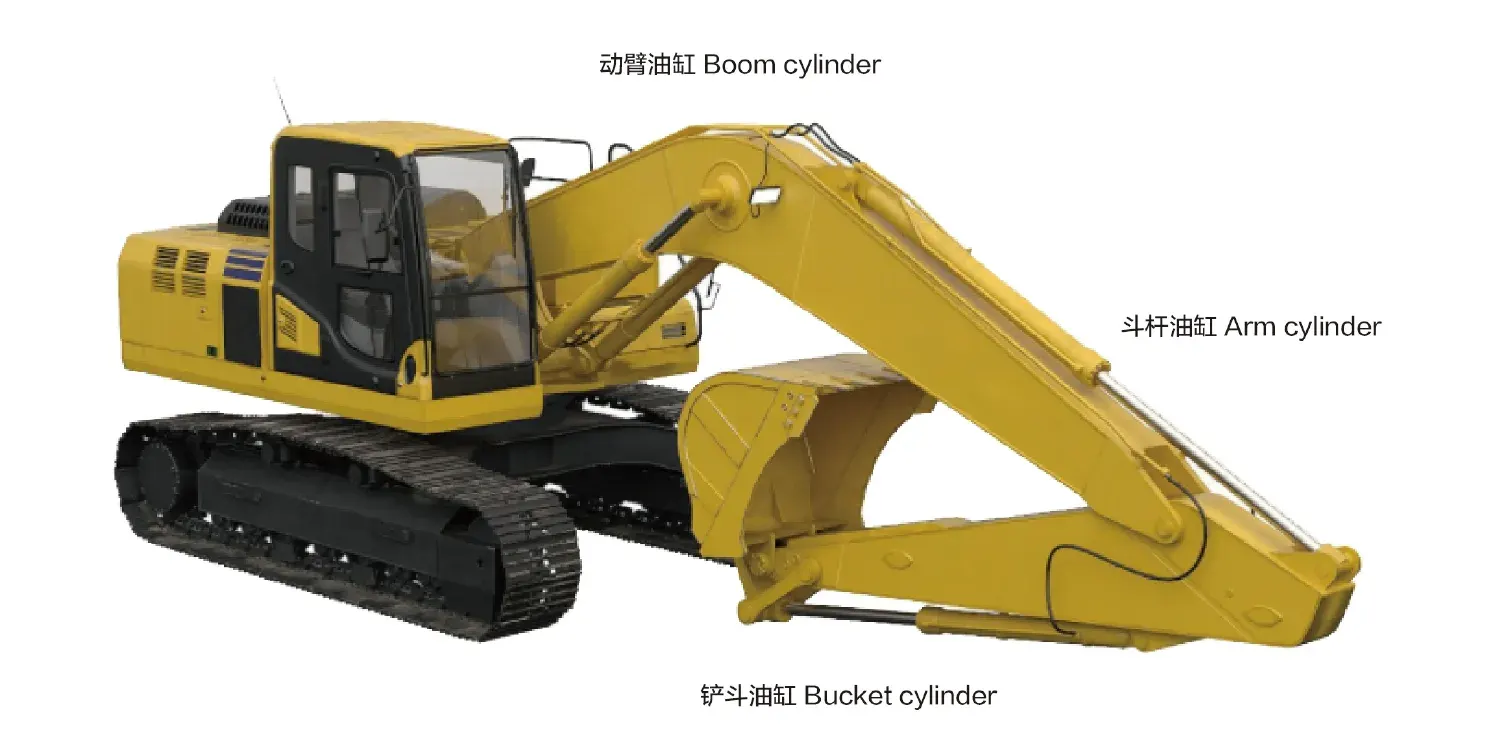
Features of Boom Cylinder
- High Strength and Durability: Made from high-strength steel or aluminum, these cylinders can endure high pressures and heavy loads while being designed for wear resistance and corrosion protection, thereby extending their lifespan.
- Efficient Hydraulic Operation: Utilizing hydraulic oil pressure, the boom cylinder provides smooth extension and retraction movements, allowing for quick response to control commands and delivering powerful push and pull forces, ideal for handling heavy materials and complex tasks.
- Diverse Types: Available in single-acting (hydraulic action in one direction) or double-acting (hydraulic action in both directions) configurations, with certain models featuring a telescopic design for greater reach without increasing external dimensions, making them suitable for space-constrained applications.
- Precision Engineering: Each cylinder undergoes rigorous testing to ensure it meets the required specifications for performance and reliability, ensuring that it can operate efficiently under various conditions.
- Customizable Solutions: We offer the production of this product, and our cylinders can perfectly replace existing hydraulic cylinders, tailored to meet specific operational requirements.
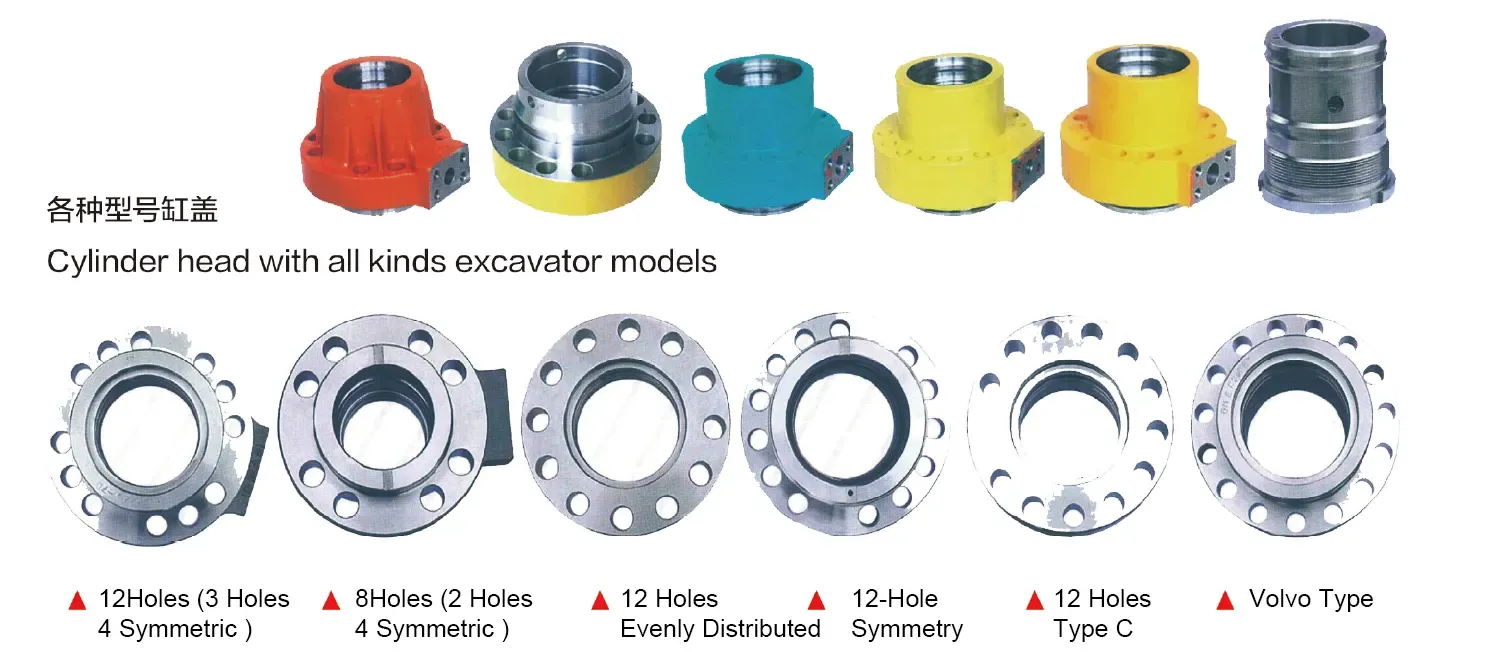
Applications of Boom Cylinder
Construction Equipment
Found in excavators, boom cylinders play a vital role in digging, loading, and moving soil or debris. In backhoe loaders, the bucket cylinder assists not only in excavation but also in lifting operations, making it indispensable for construction activities.
Agricultural Machinery
In front-end loaders, boom cylinders are used for scooping, lifting, and transporting soil, hay, and other materials. This versatility makes them essential in various agricultural tasks, enhancing productivity and efficiency.
Excavation Operations
The boom cylinder allows the bucket to penetrate the ground efficiently, facilitating digging actions. Excavators equipped with these cylinders can maneuver with precision, making them effective for both residential and commercial excavation projects.
Loader Operations
In front loaders, boom cylinders are crucial for lifting and dumping loads effectively. Their design allows for a smooth operation, ensuring that materials can be transported and disposed of with ease.
Design Considerations and Selection Criteria
Load Capacity
When selecting a boom cylinder, it is essential to consider its load capacity. The cylinder must be able to handle the maximum weight it will encounter during operations. This involves calculating the weight of the materials being lifted and ensuring the cylinder is rated appropriately. A cylinder with inadequate load capacity can fail, leading to costly repairs and safety hazards.
Sealing Mechanisms
Effective sealing is critical in hydraulic cylinders to prevent leaks and maintain pressure. High-quality seals made from durable materials such as polyurethane and nitrile rubber should be employed. These seals must be carefully selected to fit the cylinder design and the operational environment, as improper sealing can lead to hydraulic fluid loss and reduced efficiency.
Durability
Durability is a fundamental aspect of hydraulic cylinder design. The materials used in construction must be able to resist wear and tear due to constant hydraulic pressure and environmental factors. Manufacturers often use advanced steel alloys and corrosion-resistant coatings to enhance the longevity of the cylinders, ensuring they perform reliably over time.
Safety Features
Safety features should be incorporated into the design of boom cylinders to protect both the equipment and the operator. These can include overload protection, which prevents the cylinder from being subjected to excessive weight, and safety relief valves that allow for controlled pressure release in case of malfunction.
Maintenance Accessibility
The design of the boom cylinder should allow for easy access during maintenance. Regular inspections and servicing are necessary to keep the hydraulic system functioning correctly. Features that facilitate maintenance, such as removable covers and easy-to-reach lubrication points, can significantly reduce downtime and maintenance costs.

Sealing and Lubrication of Boom Cylinders
Proper sealing and lubrication are essential for the optimal performance of boom cylinders. Various seals, including piston seals and rod seals, are used to maintain hydraulic integrity. These seals should be crafted from wear-resistant materials such as polyurethane or nitrile rubber to enhance durability. Additionally, the cylinder body and threaded end surfaces must be meticulously finished to improve wear resistance. Regular lubrication with hydraulic oil is crucial; it should be checked and replenished to ensure smooth operation and prevent overheating or increased wear.
Preventive Maintenance Measures
- Regular Inspections: Conducting routine inspections allows for the early detection of wear and potential issues. Operators should look for signs of leaks, wear on seals, and any unusual noises during operation.
- Lubrication Schedule: Establish a regular lubrication routine to ensure all moving parts receive adequate lubrication, reducing friction and wear while maintaining hydraulic performance.
- Seal Replacement: Regularly check seals for wear and replace them as necessary to prevent leaks and maintain pressure. This maintenance task is critical to the long-term functionality of the hydraulic system.
Installation Guidelines for Boom Cylinder
Correct installation is paramount for the effective functioning of the boom cylinder. Here are some guidelines to follow:
- Ensure proper alignment of the cylinder with the mounting brackets. Misalignment can lead to uneven wear and increased stress on the components.
- Secure the cylinder using appropriate mounting hardware. Inadequate fastening can result in movement during operation, causing damage to the cylinder or the equipment it is installed on.
- Verify that hydraulic hoses are connected correctly, ensuring there are no kinks or sharp bends that could restrict fluid flow.
- After installation, test the cylinder under low pressure to check for leaks or issues before moving to full operational pressure.
- Regularly inspect the installation to ensure it remains secure and that all components are functioning correctly.
Common Maintenance Tasks
Regular Inspections
Conducting regular inspections is essential to identify wear and potential issues early. Operators should perform visual checks for leaks, unusual sounds, and any signs of wear on seals and mounting points. Documenting findings can help track the condition of the equipment over time, facilitating better maintenance planning.
Appropriate Lubrication
Ensuring proper lubrication of hydraulic cylinders is vital for their longevity and performance. Operators should follow a lubrication schedule based on the manufacturer’s guidelines, using the recommended hydraulic oil. Regular lubrication minimizes friction and wear, enhances hydraulic efficiency, and prevents overheating, which can lead to premature failure.
Seal Replacement and Calibration Checks
Over time, seals will degrade due to constant pressure and environmental exposure. Regularly checking seals for wear and replacing them as necessary is critical to maintaining system integrity. Calibration checks should also be performed to ensure that the hydraulic system is operating within its specified parameters, allowing for adjustments as needed to maintain optimal performance.
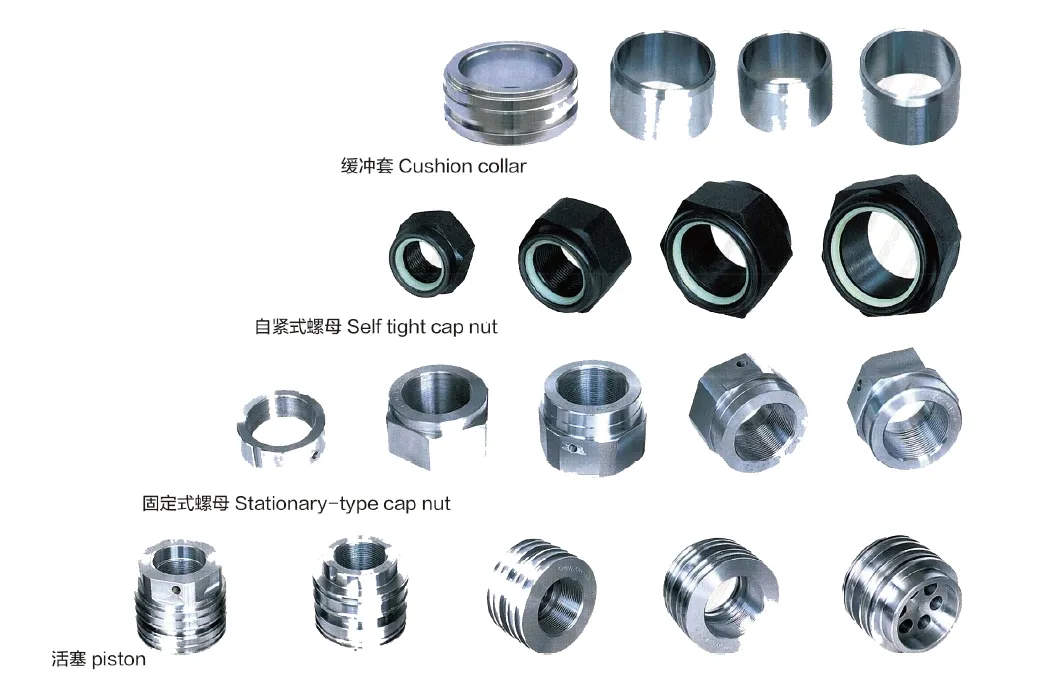
Safety Considerations and Environmental Factors
When working with hydraulic systems, safety measures are paramount. Operators must be trained in the proper handling and operation of boom cylinders to prevent accidents. This includes understanding the limits of the equipment, using personal protective equipment (PPE), and adhering to safety protocols during operation and maintenance. Additionally, environmental factors such as temperature fluctuations and exposure to chemicals can affect hydraulic fluid integrity and system performance, requiring careful monitoring and adjustments.
Fault Diagnosis and Common Issues
- Leakage: One of the most common issues is hydraulic fluid leakage. This can be caused by worn seals or damaged hoses. Regular checks can identify leaks early, allowing for timely repairs.
- Loss of Power: If the boom cylinder is not responding effectively, it may indicate a loss of hydraulic pressure. This could be due to low hydraulic fluid levels, blockages in the system, or a faulty pump.
- Unusual Noises: Grinding or hissing sounds during operation can signify internal damage or air in the hydraulic system. Immediate investigation is necessary to prevent further damage.
Troubleshooting Tips and Solutions
To effectively diagnose and resolve issues with boom cylinders, operators should follow these troubleshooting tips:
- Perform a visual inspection for leaks, damaged hoses, or loose fittings. Address any visible issues immediately to prevent further complications.
- Check hydraulic fluid levels and refill as necessary. Ensure that the fluid is clean and appropriate for the cylinder to avoid damage and maintain performance.
- If unusual noises are heard, stop operation immediately and inspect the cylinder for damage or debris. Clear any obstructions and replace damaged components as required.
- Implement preventive measures such as regular maintenance checks to minimize potential issues and enhance the longevity of the boom cylinder.
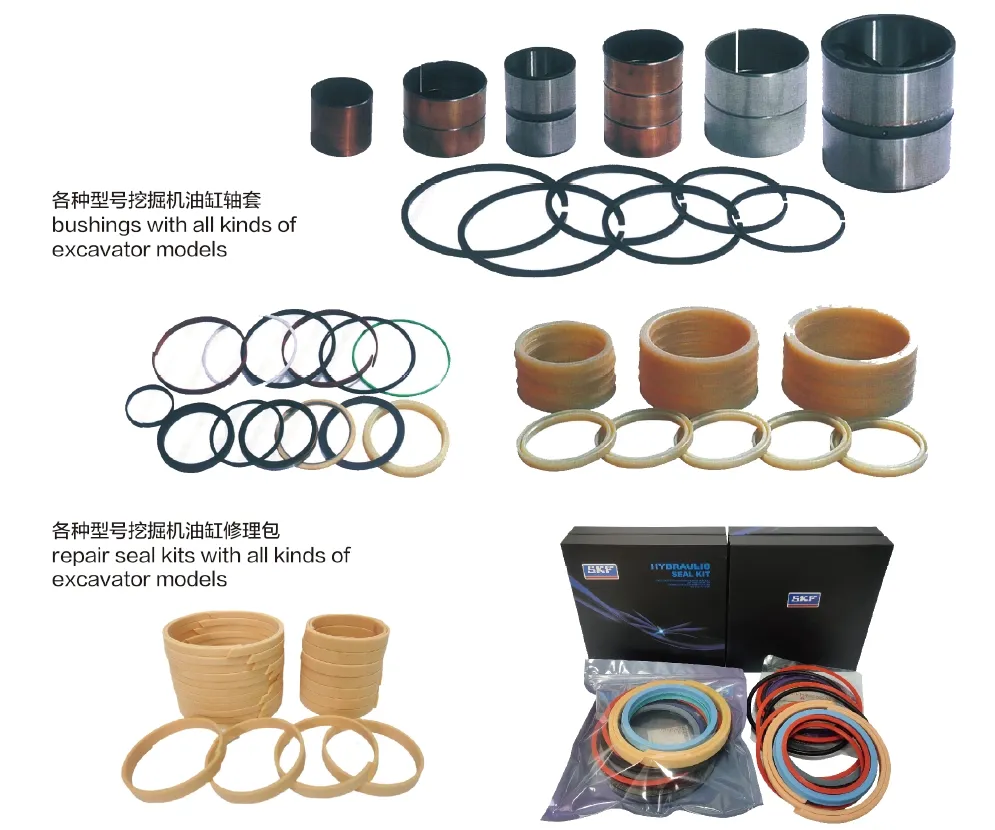
About Our Company
We are a leading manufacturer and wholesale distributor of hydraulic cylinders, specializing in providing alternative solutions for hydraulic systems. With a wide range of products, we have established ourselves as a key player in both domestic and international markets. Our commitment to excellence is supported by a refined manufacturing management strategy, utilizing advanced digital manufacturing equipment and a specialized testing system. This enables us to enhance our production capabilities continuously, ensuring high standards of quality and efficiency in meeting diverse customer needs.
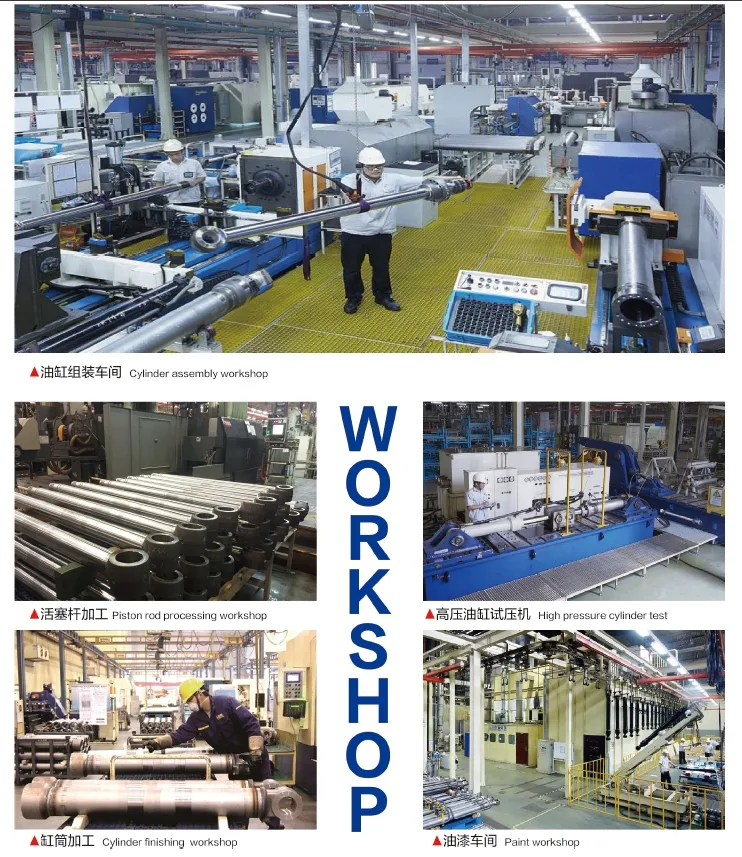
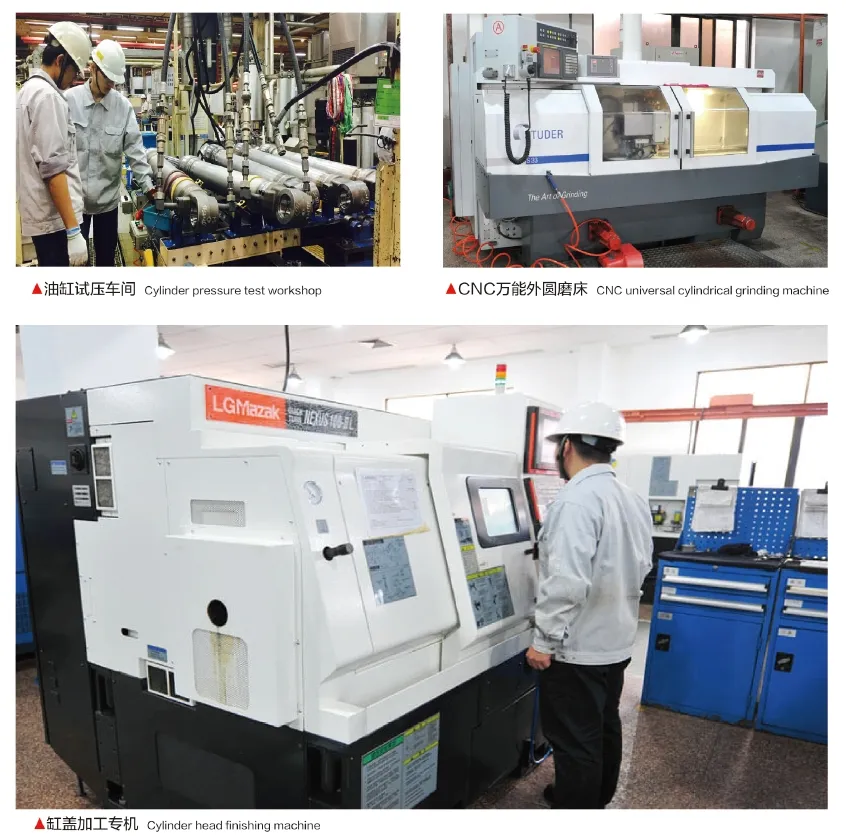
Conclusion
In conclusion, the boom cylinder is a vital component in the hydraulic systems of heavy machinery, playing a significant role in various applications, from construction to agriculture. With proper design considerations, maintenance practices, and safety measures, these cylinders can operate efficiently and safely, meeting the demands of challenging environments.
Author: lyl
Take a Tour of Our VR Factory:
Take a tour of our VR factory with the following
Hydraulic Cylinder Application:


